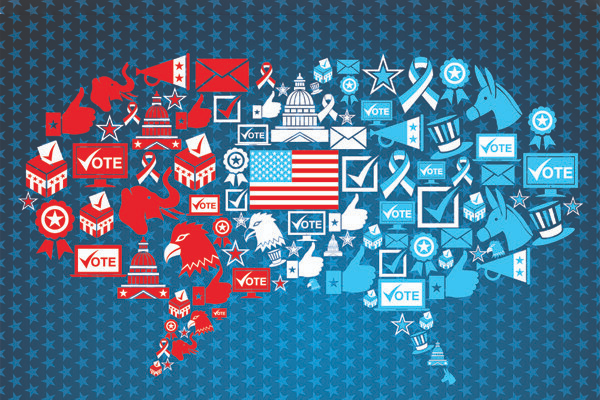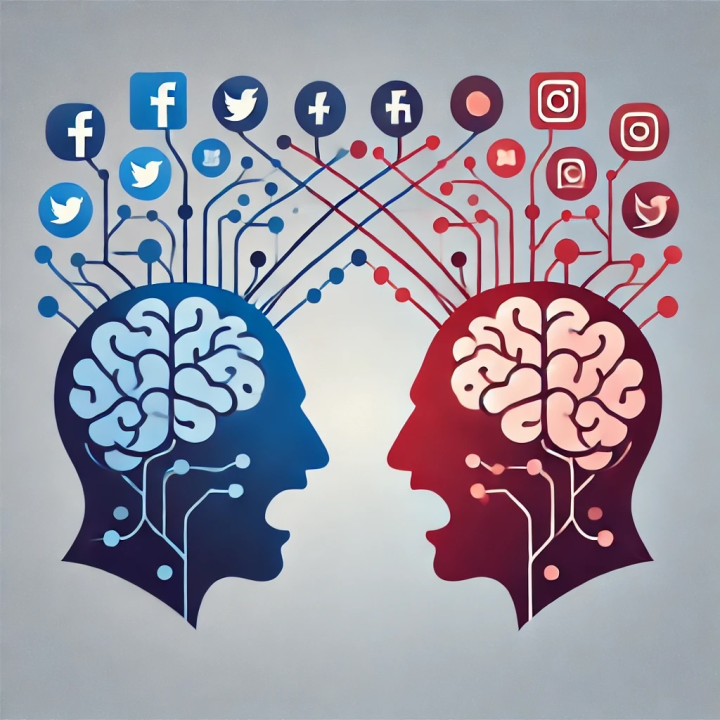Media polarization has become one of the defining features of today’s information landscape. Once viewed as a neutral tool for informing the public, the media environment is now highly divided. People often consume news from outlets that reflect their own beliefs, leading to what many call “news bubbles.”
These bubbles not only shape individual opinions but also influence elections, social debates, and trust in democracy itself. To understand how society can move forward, it is necessary to explore the causes, effects, and possible solutions to media polarization.
Understanding Media Polarization
Media polarization refers to the growing division in news coverage and commentary. Instead of presenting information in a balanced manner, many outlets cater to specific political or ideological audiences.
In the past, large networks and newspapers aimed to reach broad audiences. Today, the rise of cable television, talk radio, and especially digital platforms has encouraged more niche reporting. This has created a marketplace where audiences self-select based on ideology, reinforcing their views rather than challenging them.
The Growth of News Bubbles
A news bubble forms when individuals only consume information from sources that confirm their preexisting beliefs. Social media algorithms often make this worse by recommending content similar to what a person already engages with.
For example, a conservative reader may only see stories from right-leaning outlets, while a progressive reader may only see updates from left-leaning platforms. In both cases, exposure to alternative perspectives decreases, deepening polarization.
The Role of Technology and Social Media
Algorithmic Amplification
Platforms like Facebook, YouTube, and X (formerly Twitter) use algorithms designed to maximize engagement. These algorithms often prioritize sensational or divisive content, as such stories receive more clicks and shares.
The unintended result is a digital environment where extreme voices are amplified and moderate ones are drowned out.
Echo Chambers
Social media networks also act as echo chambers. People join groups, follow influencers, and share stories with like-minded communities. Over time, this strengthens group identity and isolates users from different perspectives.
Decline of Local News
Another factor contributing to media polarization is the decline of local journalism. As small newspapers close, national outlets with stronger ideological leanings fill the gap, further reducing exposure to balanced reporting.

Political and Social Impacts
Declining Trust in Media
Trust in the media has dropped sharply in recent years. Many citizens believe outlets have clear political agendas. This skepticism makes it harder to find consensus on basic facts.
Influence on Elections
Media polarization directly affects elections. Partisan outlets frame candidates differently, shaping how voters perceive them. In highly polarized environments, even objective reporting can be dismissed if it comes from the “wrong” source.
Divided Society
News bubbles contribute to cultural divides, where citizens of the same country experience entirely different realities. Issues like climate change, healthcare, or immigration are debated not just on policy grounds but on whether basic facts are accepted at all.
Historical Roots of Polarization
Media polarization is not entirely new. In the 19th century, many newspapers were openly partisan, tied to political parties. What is different today is the speed and reach of information through digital platforms.
The internet has made it possible for anyone to publish content and reach global audiences instantly. While this has democratized information, it has also made it easier for misinformation and partisan narratives to spread unchecked.
Case Studies
The U.S. Elections
The 2016 and 2020 U.S. elections showcased the role of media polarization. Right-leaning and left-leaning outlets provided starkly different narratives about the candidates, their policies, and even the legitimacy of the electoral process. Social media platforms further amplified conspiracy theories and partisan content, leaving voters deeply divided.
The COVID-19 Pandemic
During the pandemic, news bubbles shaped how people understood the crisis. Some outlets emphasized scientific consensus and public health measures, while others cast doubt on vaccines or questioned government responses. The result was confusion, mistrust, and inconsistent public behavior.
Psychological Effects of News Bubbles
Confirmation Bias
People naturally prefer information that supports their existing beliefs. News bubbles exploit this tendency, making it harder to engage with opposing viewpoints.
Group Polarization
When individuals only interact with like-minded groups, their views tend to become more extreme over time. This group polarization reinforces division and reduces willingness to compromise.
Emotional Influence
Partisan media often uses emotional language to rally support or demonize opponents. This not only influences opinions but also deepens hostility between political groups.
Possible Solutions
Media Literacy
Teaching citizens how to critically evaluate news sources is key. Media literacy programs in schools and communities can help people recognize bias, fact-check claims, and diversify their information sources.
Transparent Algorithms
Social media companies could make algorithms more transparent and provide users with options to customize what content they see. Tools that promote diverse perspectives could help reduce polarization.
Strengthening Local Journalism
Investing in local news outlets can restore trust and provide communities with balanced reporting. Local journalism tends to be less partisan and more focused on shared concerns.
Individual Responsibility
Citizens themselves play a role. Seeking out multiple news sources, engaging respectfully with opposing viewpoints, and resisting the urge to share unverified stories are steps individuals can take.

The Role of Policy
Governments face pressure to regulate digital platforms, especially regarding misinformation and harmful content. However, regulation must be carefully designed to avoid infringing on free speech. Policies could focus on transparency, accountability, and protecting democratic processes rather than controlling specific narratives.
Looking Ahead
The future of democracy depends on how societies address media polarization. A healthy democracy requires shared facts, informed citizens, and open dialogue. If news bubbles continue to grow, polarization may weaken institutions and make compromise impossible.
At the same time, awareness of the problem is growing. Researchers, policymakers, and citizens are actively debating solutions. While there is no single fix, a combination of education, responsible technology, and renewed civic commitment can help reduce the impact of polarization.
Conclusion
Media polarization and the rise of news bubbles are reshaping modern society. They affect elections, deepen mistrust, and divide communities. While technology and partisan reporting play a major role, solutions exist through education, transparency, and personal responsibility.
The U.S. and other democracies must act now to ensure that information strengthens, rather than weakens, civic life. Media will always reflect differences of opinion, but with thoughtful approaches, it does not have to divide societies beyond repair.
Do Follow USA Glory On Instagram
Read Next – Regulatory Frameworks for Artificial Intelligence in U.S.






